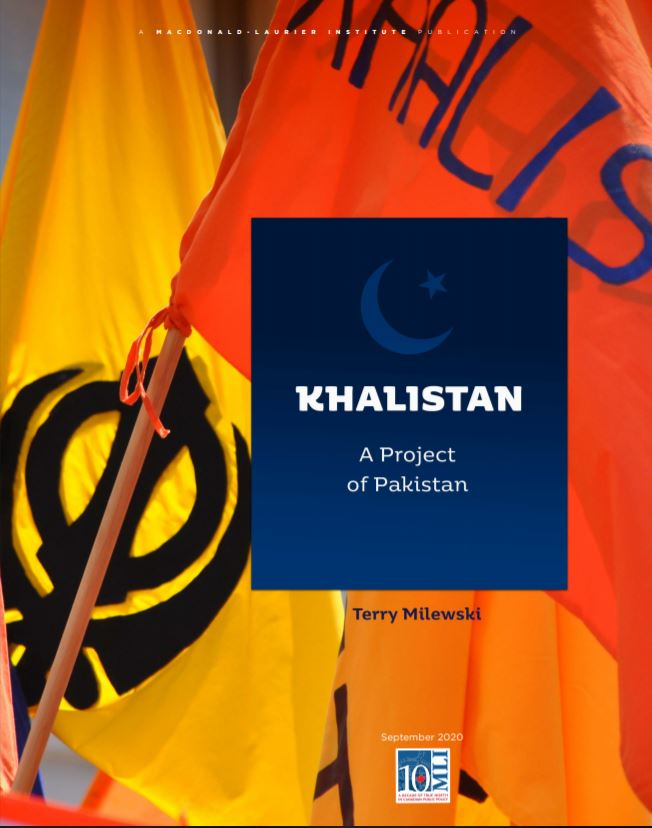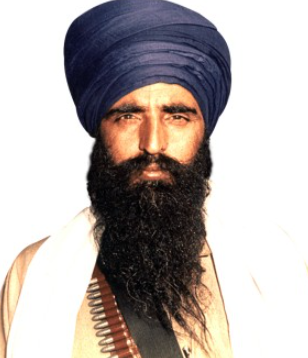A Hindu temple in Australia's Victoria was vandalized with anti-India graffiti, reports said on Tuesday. The attack on Shri Shiva Vishnu Temple in Carrum Downs, Victoria, happened days after another historic Hindu temple was desecrated last week allegedly by Khalistan supporters.
Serial vandalizing of places of worship has left the community in a state of shock, IANS reported, citing Hindu organization representatives.
"I urge (Victoria) Premier Dan Andrews and Victoria Police to take strict action against these goons who are trying to scare the Victorian Hindu community," Usha Senthilnathan, a devotee, told The Australia Today.

The BAPS Swaminarayan Mandir in Australia's Melbourne was attacked by Khalistan supporters last week. The temple walls were painted with anti-India slogans. The graffiti painted on the wall also praised late Sikh separatist leader Jarnail Singh Bhindranwale, who India terms a terrorist. Bhindranwale and his armed supporters, who were wanted for crimes related to terrorism, were taken down in a military operation in 1984 at the Golden Temple in Amrtisar, where they were hauled up. Separatist Sikhs mainly operating from Canada, Australia and the UK hold Bhindranwale as a martyr.
"The temple walls were also painted with slogans against Indian Prime Minister Narendra Modi. Australian authorities condemned the attack on the temple. "This vandalism is deeply distressing for Victoria's peaceful Hindu community, especially at this holy time," Evan Mulholland, MP for the Northern Metropolitan Region said.
Khalistan Separatist Movement

The Khalistan separatist movement, which was a festering wound in Punjab in the 1980s, led to the death of more than 10,000 people. The terror outfit was behind the 1984 assassination of Indian prime minister Indira Gandhi.
The group also carried out the bombing of the Air India Flight 182 flying from Toronto to London on June 23, 1985. All 329 people aboard, most of them Canadians, died in the bombing. This was the worst ever terror attack on Canada.
'Bleed India by a Thousand Cuts'
India has maintained that the origins of the Punjab militancy in the 1970s lay in Pakistani deep state's agenda to bleed India by a thousand cuts. Sikh extremist leader Jarnail Singh Bhindranwale put together an armed militancy in Punjab with the support of Pakistani spy agency Inter-Services Intelligence (ISI) and waged a bloody campaign against the Indian state.

Pakistani spy chiefs like Hamid Gul had openly supported the Khalistan movement in its heyday. It was an open secret that prominent Khalistan extremists were given shelter in Pakistan. For the Pakistani establishment, Kashmir separatism and Khalistan movement were inalienable -- both fed each other and came handy in inflicting wounds on India from two flanks.
The Khalistan movement lost steam after Indian forces killed Bhindranwale, who had turned the holy shrine of the Sikhs in Amritsar into a war dungeon. Punjab went on to embrace its golden decades henceforth, transforming itself into one of the most prosperous states in India.
However, though the Khalistani movement has nearly zero support in Punjab anymore, it is thriving in countries like Canada and Australia.
In 2020, veteran Canadian journalist Terry Milewski presented a paper that said Pakistan's deep state was behind the growth and influence of the Khalistani movement. The paper, titled 'Khalistan: A Project of Pakistan, shined the spotlight on the body of evidence of Pakistan's role in fomenting separatist movement in India's Punjab state.









